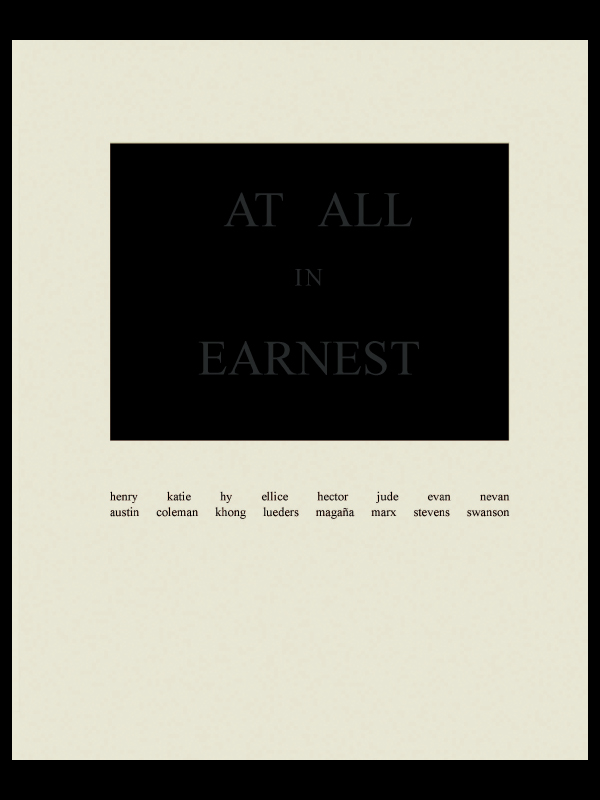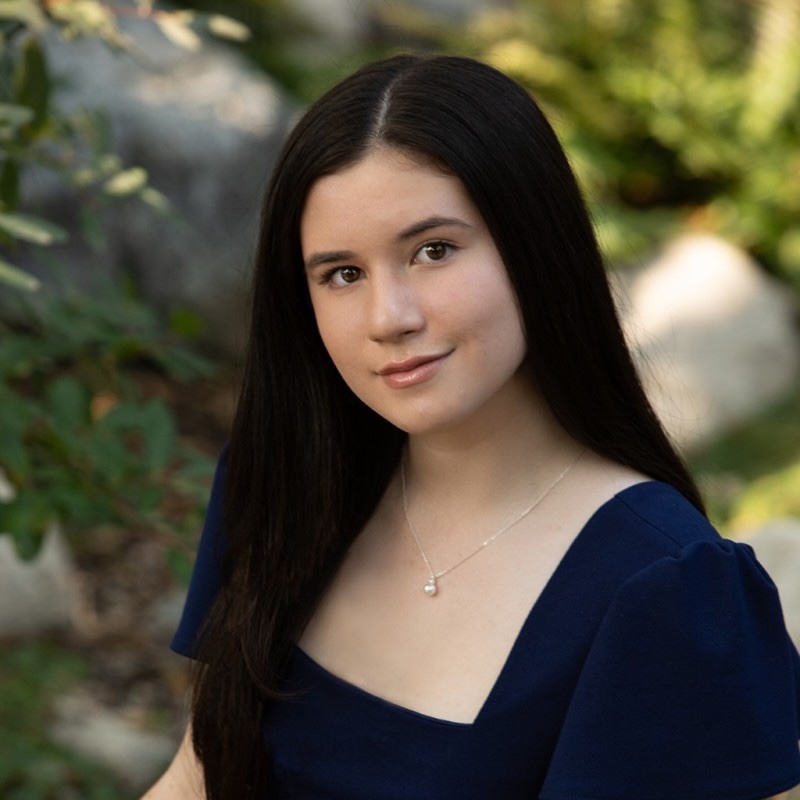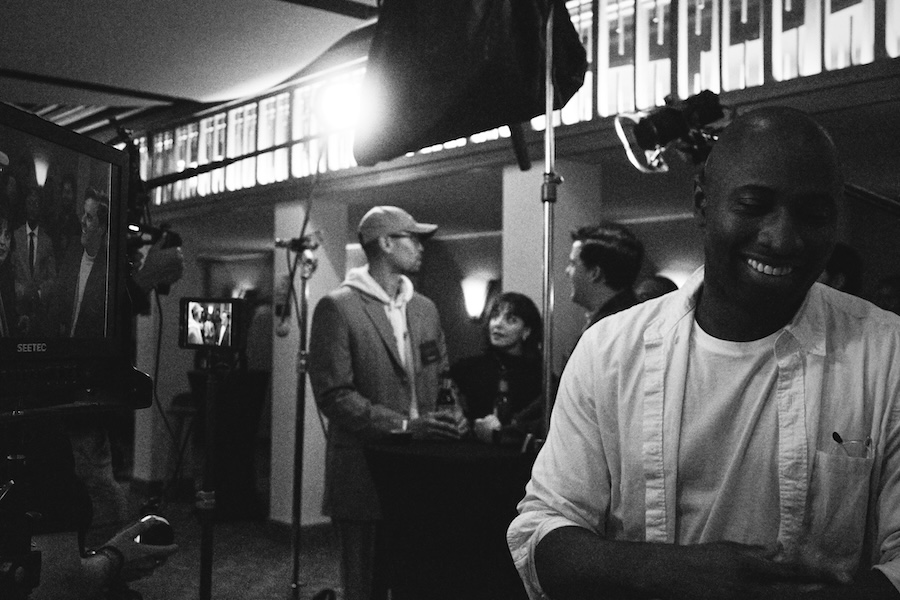New Corequisite Combines Documentary Photography and Writing
By Tom Porter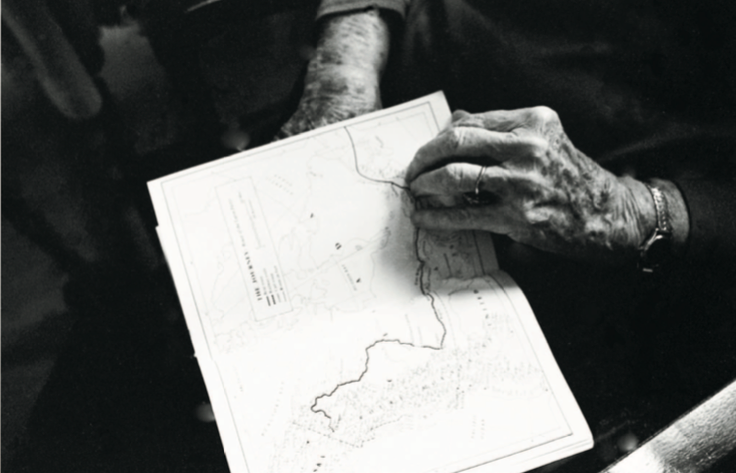
For eight Bowdoin students, the 2016 spring Semester has offered the opportunity to combine two complementary elements of the documentary-making process: photography and writing. The new corequisite requires students taking Documentary Photography (Visual Arts 2403), also to enroll in Writing Through Photography (English 2856).
“We asked students to write pieces of non-fiction and create photo essays on a range of topics, including profiles of community members and studies of places in and around Brunswick,” said Associate Professor of Art Michael Kolster, who teaches photography. The writing component is taught by Visiting Writer in Residence Russ Rymer, an award-winning author and freelance journalist. “Russ and I co-ordinated so students could experience directly the advantages, strengths and complementary relationships that writing and photography in the real world can afford,” said Kolster.
Listen to an interview with Associate Professor of Art Michael Kolster (audio make take a few seconds to load):
This kind of collaboration is a new experience for both Kolster and Rymer, who described the corequisite as “new and exciting territory.” Creative nonfiction writing is a difficult thing to teach, explained Rymer, “but it becomes easier to understand if you learn by looking at other things. So I use a lot of poetry, and music to teach writing, but especially photography.” While not teaching his students the mechanics of photography, Rymer said he encourages them to use photographs “as a muse, an inspiration for their writing.” He said the corequisite asked a lot of the students. “They were required to go out with both their brains and interview people as a writer, then take their photos in a serious way as a photographer, but they pulled it off spectacularly.”
Kolster said the classes were set up so the students could try out some shorter-term assignments in the first half of the semester, and then choose a bigger project to work on in the second half. “One thing we wanted for the longer projects was for the students to go beyond the campus, beyond their comfort zone, and engage the outside world; also to shape stories around struggle, looking at some of the challenges that people, places or institutions face in their everyday lives, and tell their stories.”
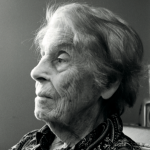
For English major Jude Marx ’18, the project involved getting to know an elderly Jewish woman who suffers with dementia. “I wanted to profile Jewish women in the community and reached out to several local synagogues. I interviewed a bunch of them, and they come up in my writing,” she said, “but there was one woman, called Adaiah, who I became really interested in. She was a wonderful woman, superwise, and I felt she often said things in a poetic way because she was not at all self-conscious.” Adaiah grew up in what is now Israel before it became Israel, said Marx, which made for some fascinating stories, although she would often need her daughter’s help in recalling events. “She didn’t ever recognize me so a lot of stuff was repeated, which was interesting.”
Listen to an interview with Visiting Writer in Residence Russ Rymer (audio make take a few seconds to load):
Marx said it was really beneficial to work on one project for so long, and to combine writing and photography. “I’ve been studying photography for a while with Mike (Kolster). This is my third semester with him and I love doing portraiture and working with people. But I have also been studying poetry and writing for a long time and that’s my other main love, so I was excited to meld them together for this project.”
Hy Khong ’16 said he comes from the perspective of being a photographer. He takes photos for the Bowdoin Orient and before that, he said, was involved in photo-journalism at high school. “For me the corequisite was a natural fit because I love to go out into the community and take photos of things happening, interview people and create stories.”
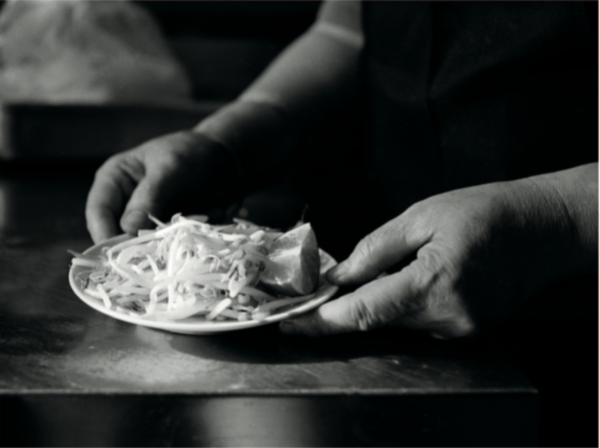
For his project, Khong, who’s Vietnamese, chose to profile a member of the local community with whom he has a lot in common. “Her name is Vay Ly and she owns the Little Saigon restaurant in Brunswick. It’s an interesting story,” he said, “because we had a lot of connections.” As well as sharing Vietnamese roots, said Khong, they have a shared experience as refugees. “Vay ended up in a refugee camp in Hong Kong in 1979, before moving to the US two years later,” he said, “and I was born in a refugee camp in Malaysia to Vietnamese parents in 1994.”
Khong said he became like a second son to Vay, who kids are away at college. “She owns a restaurant so we bonded over food and recipes and Vietnamese family traditions.” Doing this corequisite, he said, has made him a lot more adventurous. “I have always been pretty comfortable approaching people and asking them questions, because of my background in student journalism,” he said, “but doing this project has made me a little more brave in that respect, and more curious about the world around me.”
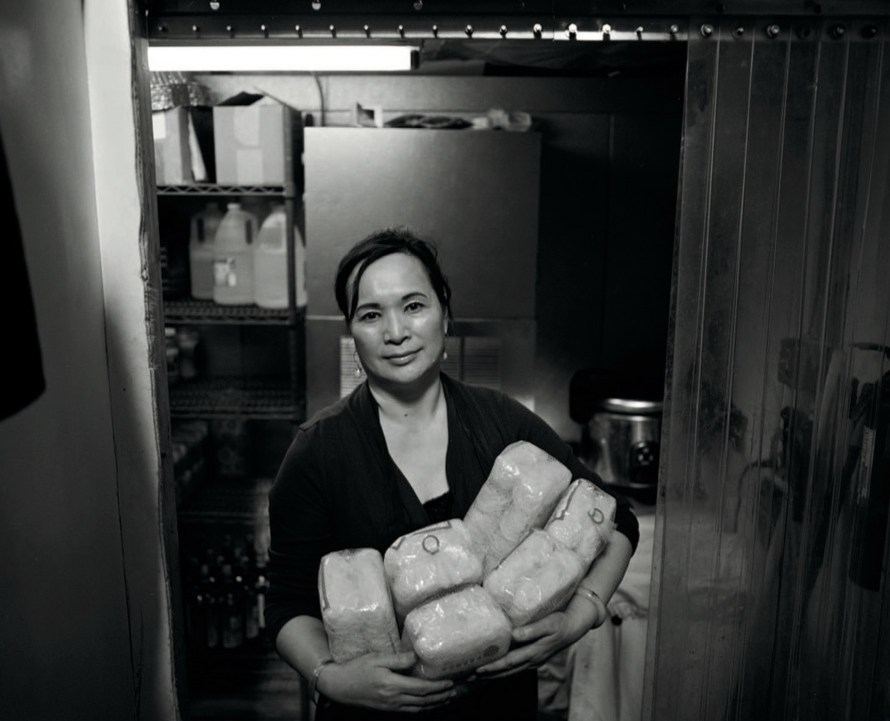
Students and professors alike were pleased with the end result: a 106-page book, combining creative nonfiction and photography. “It’s great to be at a place like Bowdoin where a course can evolve like this,” said Rymer. He said he’s enjoyed helping the students move their projects to a “higher orbit, where serious writing joins serious photography. To try out something experimental and new and watch it succeed is just fantastic.”
Click here to order a copy of At All In Earnest, the collected words and images of the eight Bowdoin students who enrolled in the two corequisite classes.
